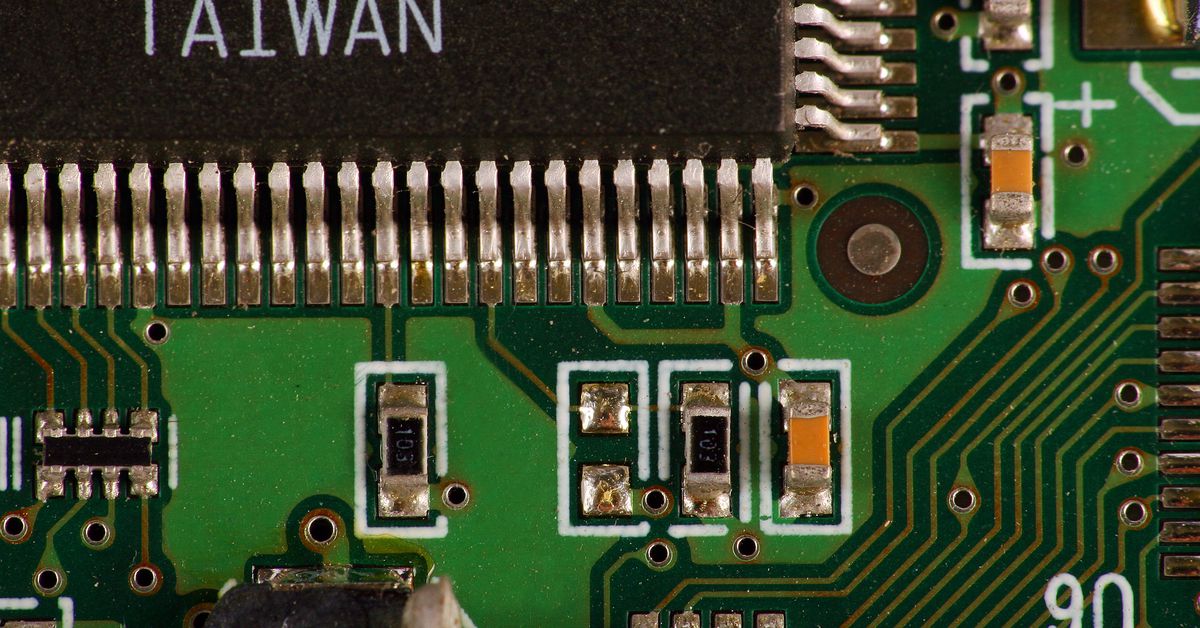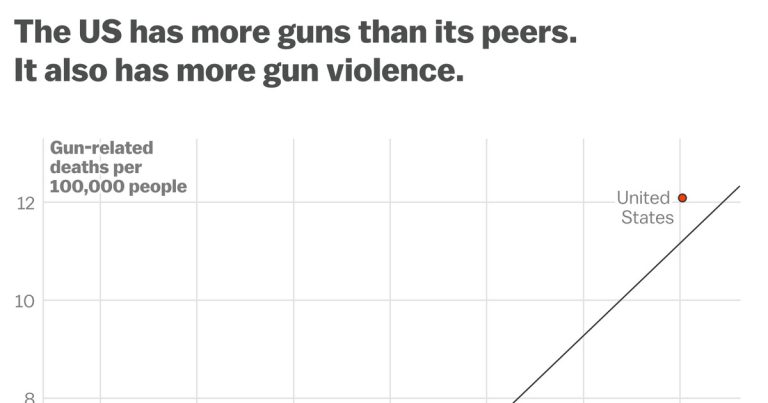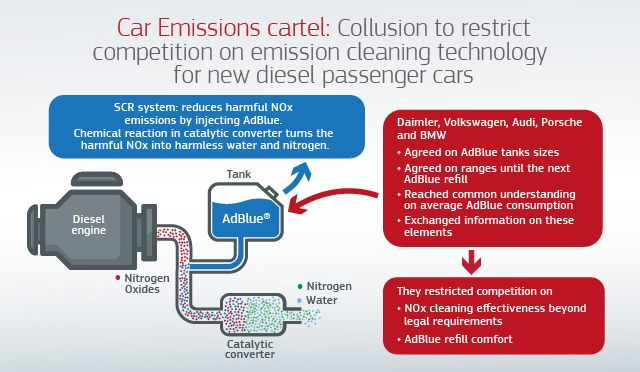
In a single day, we interact with hundreds of computer chips, most no larger than a penny. These tiny circuits power everything from smartphones and laptops to medical devices and electric vehicles, and they’re largely responsible for our increasingly computerized lives. But in recent months, the world’s dependence on these chips has also put them at the center of mounting tensions between the United States and mainland China over Taiwan.
Taiwan is located just 100 miles from China’s eastern coast, and it produces the vast majority of the advanced chips used in today’s electronics. The island is a democracy with its own government, and is home to more than 20 million people. Officials in Beijing, however, claim Taiwan as part of China and have repeatedly threatened to invade and “reunify” the island with the mainland. The US does not officially recognize Taiwan’s independence, though President Joe Biden has suggested that he would send American troops to defend the island against an invasion. As a result, there’s fear that a blockade around Taiwan could create a humanitarian and trade crisis, ultimately cutting off the world’s access to tons of critical technology.
The US is trying to get a few steps ahead of this scenario. Earlier this summer, Biden signed the CHIPS and Science Act, a massive package that invests tens of billions of dollars to build new semiconductor factories across the US. Other countries with a history of chip manufacturing, including South Korea, Japan, and some European Union member states, have started scaling up their production capacity, too. An Apple supplier even said in February that it would start using semiconductors made in India, which is also developing its own chip industry. Still, Miller argues that these efforts won’t be enough to dull the impact of a war — a war the US and Taiwan aren’t guaranteed to win.
As the past few years have painfully demonstrated, depending on a single region for critical supplies can backfire. Amid the war in Ukraine, Russia has cut off much of Europe’s access to gas, creating an energy crisis that has forced countries to restart coal plants and abandon their renewable energy goals. In the early weeks of the Covid-19 pandemic, China — which was home to half of the world’s mask manufacturing capacity — limited exports of medical equipment. And when the vaccine was first rolled out, the US and other rich nations prioritized inoculating their own citizens before sending supplies to other countries.
As Russia’s war in Ukraine continues, the world is slowly transitioning away from oil. But the same isn’t true for chips, which will only become more critical as new technologies become more popular and require even more computing power. Electric vehicles, for example, require twice the number of chips used by traditional internal combustion vehicles, and the rise of 5G — the technology that could make remote surgeries and self-driving cars a reality — will create a surge in demand for semiconductors, too. That means the stakes are only getting higher.
Recode spoke with Miller recently about the growing importance of chips in global politics. This conversation has been edited for clarity and length.
Rebecca Heilweil
You argue that chips are the new oil. How ubiquitous are chips today, and to what extent do we depend on them in our daily lives?
Chris Miller
Almost anything with an on-off switch today has a chip inside. That’s true not only for things like smartphones or computers, but also for dishwashers and microwaves and cars. As we put more computing power in all sorts of devices, that requires more chips to convert signals from the real world into digits that can be processed and remembered.
The typical person in the US will end up touching several hundred chips a day. The typical person hardly ever sees a chip in their entire life unless they take apart a computer, but the reality is we touch them and rely on them more than ever before.
Rebecca Heilweil
The computer chip was invented in the US. Taiwan now manufactures much of the world’s semiconductors and almost all of the advanced chips that governments are most interested in. How did that happen?
Chris Miller
Over the course of the past 50 years, but especially over the past couple of decades, the semiconductor supply chain has gotten much more specialized. So when the first chips were made by Texas Instruments, for example, or Fairchild Semiconductor in Silicon Valley, these companies did almost everything in-house. They designed chips. They produced them. They produced the machines that were needed to design chips.
As chips have gotten more complex — and as the engineering needed to produce ever more semiconductors has become more specialized — you had firms emerge that focus on a specific part of the production process. Japanese firms, for example, play a major role in chemicals. US firms are particularly influential in the design of chips, as well as the production of machine tools that produce chips.
Taiwan has specialized in the manufacturing of chips themselves. Companies will take a design and send it to a Taiwanese firm for production. Contract manufacturing is not unique to chips, but several decades ago, the biggest Taiwanese chipmaker, TSMC, realized that there was a potentially huge market for contract and manufacturing services. It began investing very, very heavily in trying to attract customers from Silicon Valley and offered to produce chips for them. That combination of scale investment in R&D has proven just impossible to compete with.
Rebecca Heilweil
So how does that play into the risks regarding China and the world’s supply of chips?
Chris Miller
Today, Taiwan produces, depending on how you calculate, 90 percent of processor chips. In aggregate, Taiwan is one of the biggest producers of chips in the world, so companies like Apple, for example, rely fundamentally on TSMC to produce the chips that power iPhones, iPads, or PCs because no one else can produce the chips that they need. It’s not as though they have second sources in most cases. It’s TSMC or else, which means that they’re highly reliant on peace in the Taiwan Strait.
Over the past couple of years, as the military balance has shifted really dramatically in China’s direction, I think the assumption of peace going forward is being tested. The entire world economy would be dramatically hit if China were to attack Taiwan for a whole number of reasons, chips being just one of them. It’s easy to look at the biggest customers of TSMC and say the companies are most exposed — and maybe that’s true. But whether it’s autos or aviation or even chips in a dishwasher or microwave, many of these are also produced in Taiwan.
Rebecca Heilweil
The recent CHIPS and Science package allocates tens of billions of dollars to produce more chips in the US partly because of the risks you’re talking about with China. Will that be enough for an American chip comeback?
Chris Miller
It’s certainly going to have an impact in terms of getting more leading-edge production of the most advanced processor memory chips in the US. But it’s not nearly enough to dramatically reduce our reliance on Taiwan.
Part of the reason why there’s more concern today — justifiably — is that unlike in prior decades, it’s now much less clear who would win a war on the Taiwan Strait. Therefore, we’re now much less certain than we were in the past that China wouldn’t attack because it’d be too costly for China to do so. Now, that’s an open question.
Rebecca Heilweil
Is this risk set to get worse because of the rise of 5G and electric vehicles and other emerging technology? The world is going to need more chips in the coming years and decades.
Chris Miller
Our reliance on Taiwan is not going to decrease. It will be a little bit less than it otherwise would have been thanks to the CHIPS Act, but the reality is we’re going to be dependent on Taiwan.
The Chinese government is pouring many tens of billions of dollars — far more than CHIPS Act funding — into its own chip industry. Although the Chinese remain far behind the leading edge in terms of the technological level of chips they can produce, they’re going to vastly increase the capacity in producing what’s called lagging-edge chips: the types of chips you might find in a car or a consumer device. We’re going to continue to be reliant on chips from Taiwan, but also there’s a risk that we might rely more on chips from China in the future, too.
Rebecca Heilweil
Chipmaking isn’t exactly the most environmentally friendly production process. How should we be thinking about the environmental impacts of chip manufacturing, especially as companies try to scale up?
Chris Miller
One of the factors that led to the shifting of chipmaking offshore of the US was actually that the US imposed stricter environmental rules over time. There are a lot of really toxic chemicals that you use in chipmaking, and mitigating that is expensive. The bigger challenge is electricity and water consumption, because chipmaking requires a ton of both. On top of that, the more chips you have, the more devices you have that require electricity as well.
Rebecca Heilweil
For decades, we’ve seen chips getting more advanced. Is Moore’s Law — loosely, the idea that transistors’ chips will keep getting smaller and smaller, which allows chips to become more and more powerful over time — coming to an end? And what would that mean for the future of tech?
Chris Miller
What we can say is that Moore’s Law faces cost pressures that it hasn’t faced in a long time. It’s got at least a half-decade, probably a decade, to run in terms of further transistors shrinkage before we hit real, potential physical limits as to how small transistors can get. But then in terms of how much computing power you can get out of the individual piece of silicon, there are things you can do besides shrinking transistors to get more computing.
There are all sorts of innovations in how you package chips together that will make them faster and more energy intensive, without necessarily relying solely on transistor shrinkage. Right now, there are so many people who have built up their careers and expertise around how to make silicon chips work really, really well.
There are a couple of places where you could say there’s change happening. The big cloud computing firms like Microsoft, Amazon, and Google are all designing their own chips now, which they hadn’t previously done. Because so much of computing today is hosted on Amazon’s or Google’s cloud, the reality is that now everyone is becoming a user in some way of Amazon chips or Google chips.
The second shift that’s underway is electric vehicles. If you look at a Tesla, for example, they’ve got a lot of chips in the car and a lot of complicated, cutting-edge chips. We’re gonna see more and more cars with more and more cutting-edge chips, doing more and more things in the future.
Rebecca Heilweil
We keep hearing about semiconductors and technology in the news. What should people understand about this industry?
Chris Miller
Making chips is an extraordinary manufacturing process that requires lots and lots of really complicated machine tools to actually move atoms around in a way that lays out a billion or ten billion transistors on a chip. Most of us don’t think enough about the materiality of the manufacturing behind the digital world.
Some of the tooling here is really, really extraordinary and doesn’t fit into our mental model of how the digital world works. But in fact, the digital world works only because we’ve got this extraordinary control over the material world, at least as it relates to silica.
This story was first published in the Recode newsletter. Sign up here so you don’t miss the next one!






